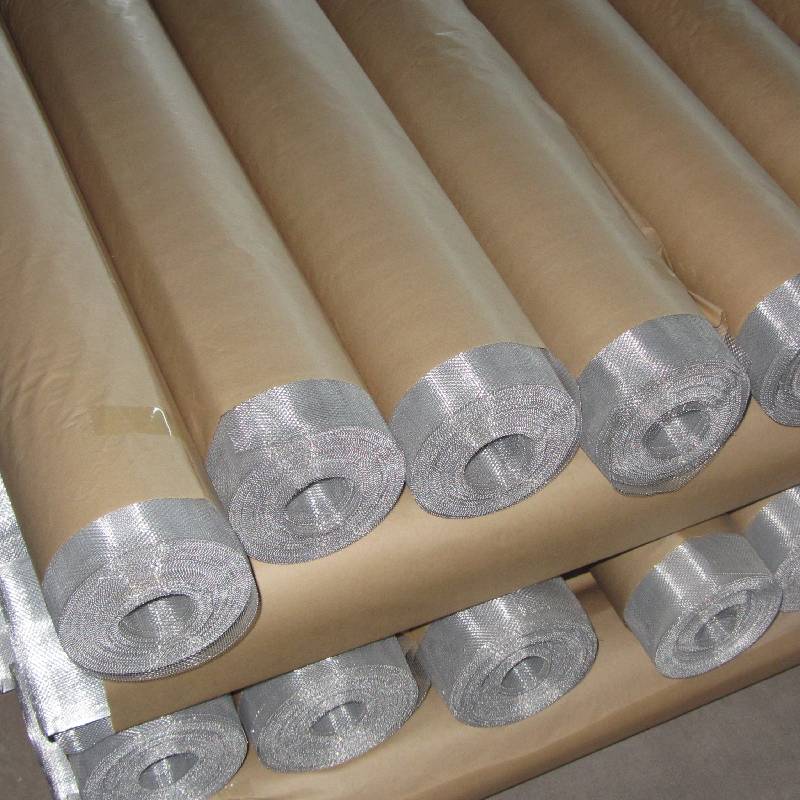Wire mesh rock baskets, also known as gabion baskets, stand as a testament to both timeless engineering and innovative design. These structures, crafted from high-quality galvanized steel mesh, adeptly combine function and form, offering a sustainable solution for numerous infrastructural and landscaping projects.

The core appeal of wire mesh rock baskets lies in their robustness and versatility. Constructed to endure harsh environmental conditions, these baskets are especially resistant to rust and corrosion. Their durability makes them an excellent choice for reinforcing embankments, riverbanks, and coastal structures, where erosion poses a significant threat. By integrating these baskets into infrastructure projects, one can harness the strength of nature itself. The rocks encapsulated within the mesh absorb and dissipate energy from flowing water or heavy impact, effectively reducing erosion while maintaining the integrity of the surrounding landscape.
Moreover, wire mesh rock baskets are renowned for their eco-friendliness. Unlike conventional concrete or brick barriers, gabion baskets encourage vegetation growth. The gaps within the rocks provide an ideal environment for plant roots, enabling flora to thrive and further stabilize the soil. This natural touch not only enhances the aesthetic appeal of the project but also fosters biodiversity, creating a habitat for various species of insects and small animals.

From an engineering perspective, wire mesh rock baskets represent a blend of traditional knowledge and modern technology. Historically, the use of rocks to control water movement or stabilize slopes dates back to ancient civilizations. Today, with advanced metallurgical techniques, these baskets offer unparalleled flexibility and strength. Engineers prize them for the ease with which they can be assembled on-site. Their modular nature allows for swift construction without the need for specialized equipment or labor, thus reducing the overall project cost.
A key consideration for any development is sustainability, and wire mesh rock baskets excel in this regard. The materials used in their construction are largely recyclable. When a gabion reaches the end of its lifespan, the rocks can be reused, and the metal mesh can be melted down and repurposed. This lifecycle approach minimizes waste, aligning with global sustainability goals.
wire mesh rock baskets
Another significant advantage of wire mesh rock baskets is their adaptability in design. Architects and landscapers leverage gabions to create visually striking features. From seating areas in public parks to retaining walls in urban spaces, they blend seamlessly with natural and man-made environments. By varying the size, color, and type of rock, designers can craft unique patterns and textures, providing a bespoke look tailored to specific project needs.
The credibility of wire mesh rock baskets as a preferred solution in construction and landscaping is backed by extensive research and success stories worldwide. Studies have shown that when properly installed and maintained, gabion systems outperform many traditional methods of erosion control and slope stabilization. This empirical evidence instills confidence among architects, engineers, and environmentalists alike, ensuring wire mesh rock baskets remain a staple in future projects.
To optimize their performance, regular inspections and maintenance are recommended. While the baskets themselves are built to last, natural wear and external factors may necessitate adjustments. Addressing any vegetation overgrowth or displaced rocks promptly ensures that these systems continue to function at peak efficiency.
In conclusion, wire mesh rock baskets are more than just a structural component; they represent a holistic approach to modern-day construction challenges. By marrying engineering acumen with environmental consciousness, gabion baskets provide a reliable, aesthetically pleasing, and sustainable option for a myriad of projects. Their widespread use and proven efficacy underscore their status as an authoritative choice in today's environmentally mindful construction landscape.
























